Human safety is one of the leading reasons for employing machine vision. In addition to medical applications, recycling and waste management facilities frequently employ machine vision technology to promote workforce safety when potentially dangerous or contaminated materials need sorting. The sensors are often required in the performance of tasks as well. Labeling machines, for example, commonly use smart vision technology to determine when a product is in proper position for application. Food processing, counterfeit identification, textile, pulp and paper and airport baggage sorting list just a handful of the many additional industrial applications for machine vision systems. Not all smart cameras or vision software are applied to industry, however, as one of the most common applications, for example is the facial recognition feature available in many handheld digital cameras.
The many industrial applications for machine vision coupled with the use of this technology in both commercial and residential sectors inherently necessitates a broad range of devices available for matrix matching, feature extraction or general purpose visibility applications. While machine vision products vary considerably, vision systems often employ the same basic components. These include vision sensors, digital camera or image capture device, lighting, computer processor and special image processing software. Often placed at a given point along a conveyor belt, machine vision begins with sensors that detect when a product or component is in position. This triggers the camera or imaging device and lighting which are often synchronized to produce a digital image which highlights features of interest. A digitizing device known as a frame grabber then converts the camera output and enters the data into the memory of the computer system. Vision software processes the image using several steps such as the removal of static within the image and mathematical algorithms to count, measure, identify or inspect the object. The interpretation of the given data is compared to predetermined criteria programmed by the developer. A simplified user interface then allows workers to view the progress and success rate of production.
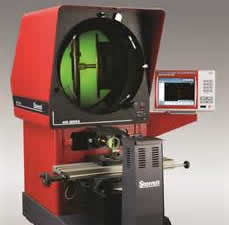 Calibration Services
Calibration Services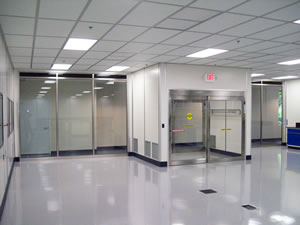 Clean Rooms
Clean Rooms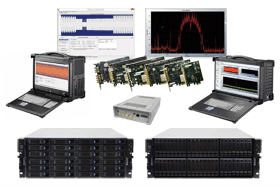 Data Acquisition Systems
Data Acquisition Systems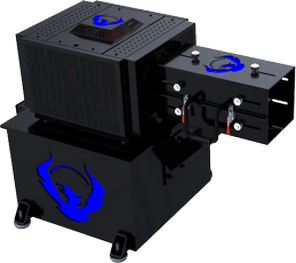 Dynamometers
Dynamometers Environmental Test Chamber
Environmental Test Chamber Leak Detectors
Leak Detectors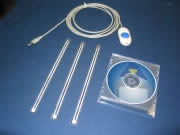 Load Cells
Load Cells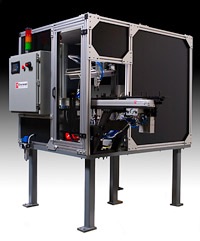 Machine Vision Systems
Machine Vision Systems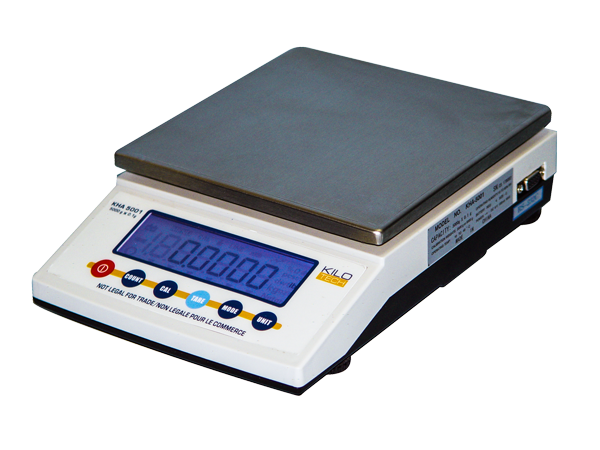 Scales
Scales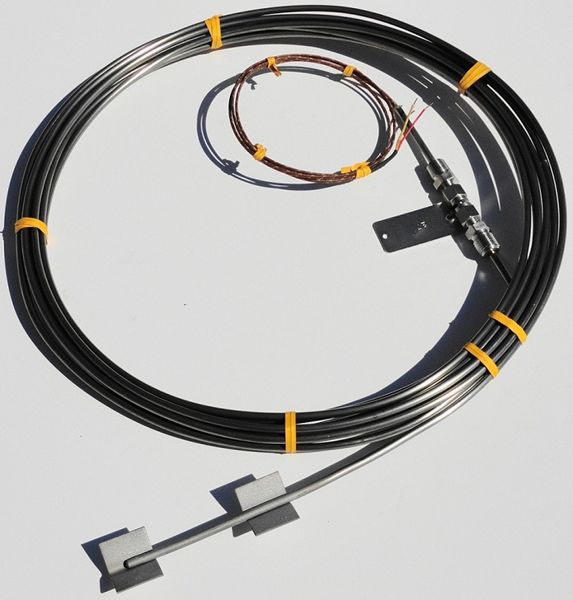 Thermocouples
Thermocouples Castings & Forgings
Castings & Forgings Bulk Material Handling
Bulk Material Handling Electrical & Electronic Components
Electrical & Electronic Components Flow Instrumentation
Flow Instrumentation Hardware
Hardware Material Handling Equipment
Material Handling Equipment Metal Cutting Services
Metal Cutting Services Metal Forming Services
Metal Forming Services Metal Suppliers
Metal Suppliers Motion Control Products
Motion Control Products Plant & Facility Equipment
Plant & Facility Equipment Plant & Facility Supplies
Plant & Facility Supplies Plastic Molding Processes
Plastic Molding Processes Pumps & Valves
Pumps & Valves Recycling Equipment
Recycling Equipment Rubber Products & Services
Rubber Products & Services